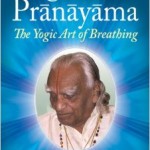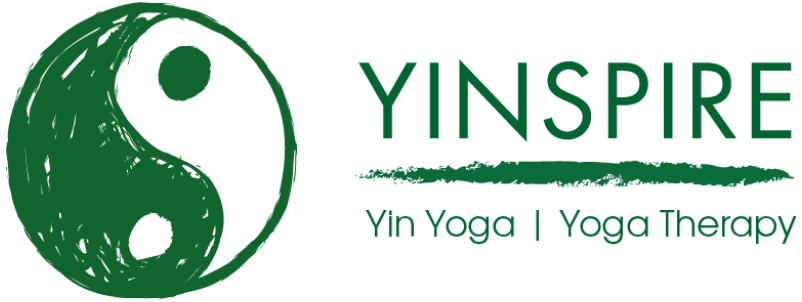 Two masterpiece works by Iyengar, some would say the Grandfather of modern Hatha Yoga. I’ve dipped into these books before, but never studied them in depth, and so for my recent holiday I took them with me for some quality reading time.
Two masterpiece works by Iyengar, some would say the Grandfather of modern Hatha Yoga. I’ve dipped into these books before, but never studied them in depth, and so for my recent holiday I took them with me for some quality reading time.
At 450 and 300 pages each, they are not for the faint hearted! It’s fair to say they are probably not written as beginners texts either, more a comprehensive manual on Hatha Yoga (Light on Yoga) and on Pranayama (Light on Pranayama).
Light on Yoga covers the core of Hatha Yoga as we know it today focusing inevitably on asana (postures) – 200 of them, with 500 pictures, and graded on complexity. You are left a little overwhelmed, so after a first read the detail is probably best returned to as necessary – when exploring something new or looking for a different angle on something already embodied. I would have to confess that some of the postures seem to me all but unachievable in terms of strength, range or motion or flexibility, but the photograph says otherwise demonstrating that with time, practice and patience opportunities open up.

It’s easy to look at this as a “pose fest”, and undoubtedly some readers will, but it misses the point. Anyone who has studied yoga, the Yoga Sutras especially, will know asana – posture – is but a part of the yogic path, and has an original aim of cultivating Sthira and Sukha – steadfastness and ease. Modern yoga, especially in the West, has found the need to emphasise this aspect, and hence the need for works like this, but asana needs to be a part of a bigger practice of self realisation. However that’s the nub of Hatha Yoga; start with the body as its accessible, the rest comes. Many can testify to that.
Light on Pranayama follows this. Pranayama is often considered to be breathing exercises, and for those starting a yoga path, this is a good explanation. However as we develop we learn that prana is more than breath, it’s vital energy, the breath behind the breath. “The spark in the machine” is a good description I’ve heard. Pranayama uses breathing exercises to stimulate and develop Prana, and that is the topic of this book. Again, you come away marvelling at the detail and complexity, and also with a sense of awe at the commitment necessary – four year programmes are set out, the very antithesis of our quick fix 21st century world. But the complexity and commitment are a necessary part of the practice – Sadhana – for the true seeker.
So two detailed and complex books, but treasure troves to dig into none the less.
These books can be bought on Amazon, and if you use this link, Yinspire earns a small commission.
